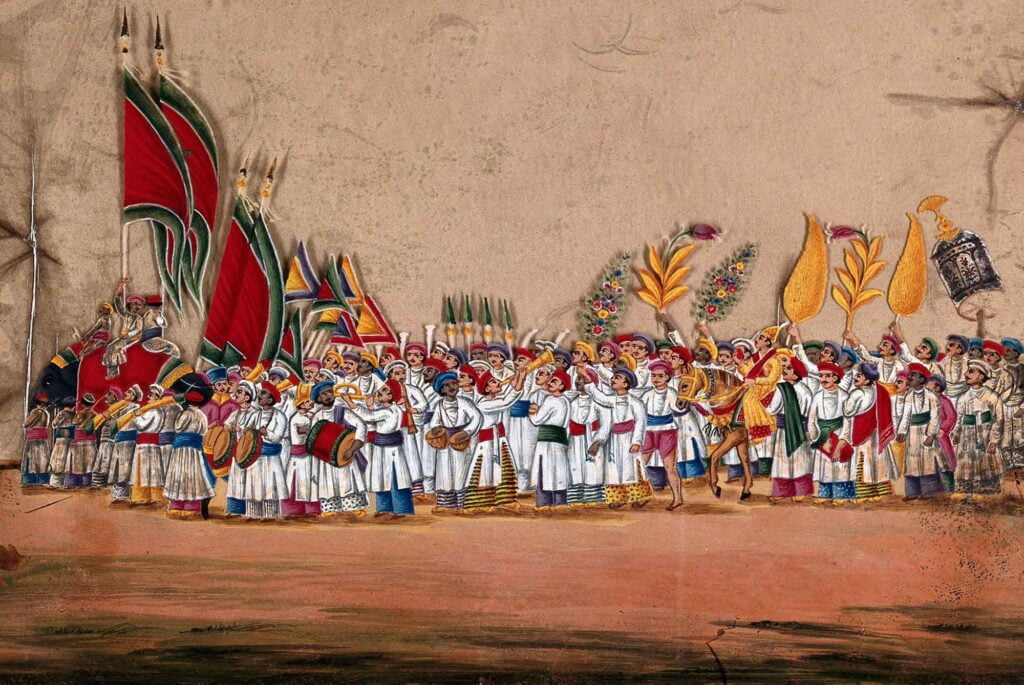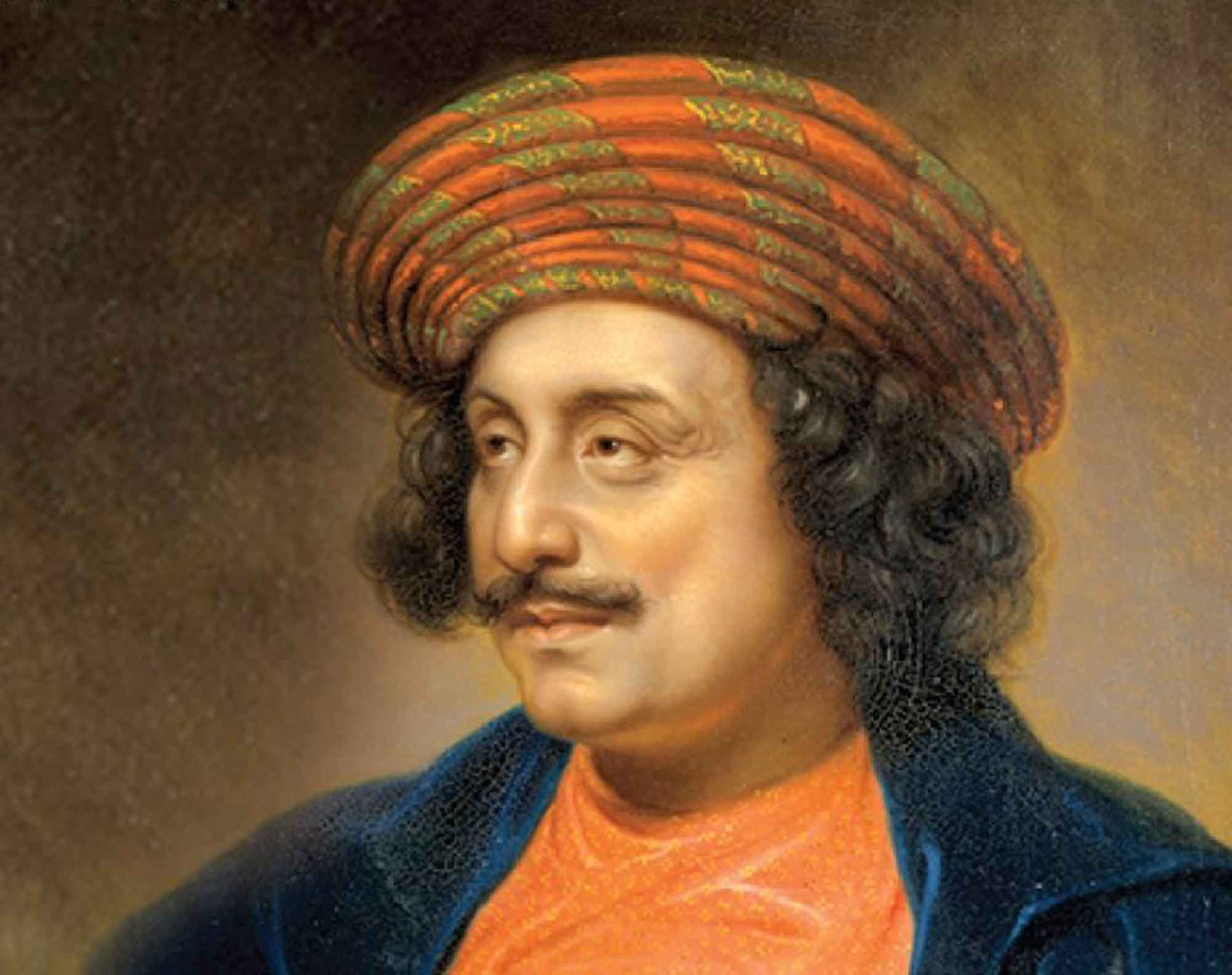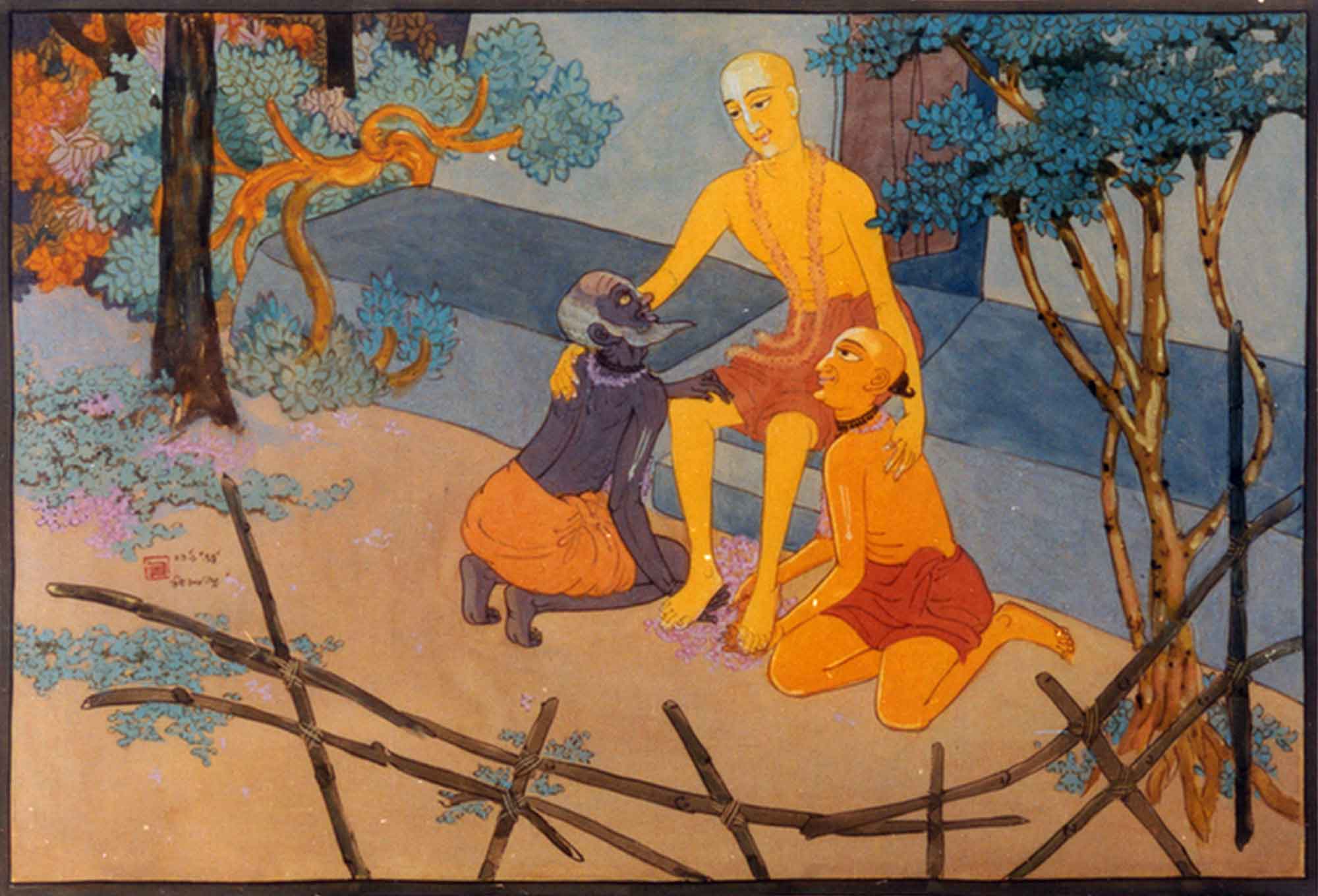Overview
A long letter in English written in 1871 to the editors of Progress newspaper. In "The Attibaris of Orissa" The Ṭhākura exposes some of the activities of a popular sect of so-called Vaiṣṇavas in Orissa.
TO THE EDITOR, PROGRESS
Aug. 18, 1871
Dear Sir,
There is a class of men in Orissa who pass by the name of Attibaris. They say that they are Vaishnavas but in fact they are quite opposed to the principles of Vaishnavism. This sect originated with one Jagannath Das who flourished at the time when Mahaprabhu Chaitanya Deva of Nadia entered Puri with a view to propagate the genuine principles of the Vaishnava creed. Jagannath Das was indeed a man of great acquirements in the Sanskrit language. He translated the Srimad Bhagavata into Uria poetry as also the Bhagavad Geeta, the most instructive book in the Hindu literature. The translations are, however, free and contain more things than the original works themselves. The Urias, especially those who are below the Brahmins, are very fond of reading these translations. As a citizen of Calcutta you might have several times heard the Uria bearers reading these translations in their Palki Addas in the City of Palaces.
Though the translation of the Bhagavat by Jagannath Das is generally liked by all classes of the Urias, yet there is a special class of men who considered themselves as spiritually led by him. These men are the Attibaris. Most of them belong to the lower classes.
The Attibari is both a religionist and a politician like the Mohammaden fanatics that go by the name of Wahabis. In religion they occupy a very curious position. They say that they worship One Great God who is without any form whatever. They appear and have no conception about the Spiritual Personality of the Deity, nor do they believe that the human soul lasts in distinction from God after salvation. In fact, they hold a similar idea with the great commentator of the Vedanta Darshana, I mean Sankaracharya, the leader of the Advaitavadis. But they at the same time believe that the Jagannath in the Temple at Puri is the highest ideal of God. In fact they worship the idol as if it were the unconditioned Deity himself. They do not believe all the Shastras but they attempt to choose out principles out of them. They believe, however, that they are the highest class of religionists in the world and the Absolute Truth is alone with them. They several times profess that they are true Brahma jnanis and that the present Brahmas are but Christians, the name Brahma being a misnomer with them. The Attibaris like the old Roman Catholics in the Middle Ages still receive revelations from the Deity and speak sometimes face to face with him. For this reason every learned Attibari is a prophet, and has his Malika or a series of revelations. Go to one of them and he will tell you in which year and under what circumstances the world will end! They sometimes perform some ceremonies of the Yoga philosophy, and attempt to work physical wonders. They are addicted to the smoking of ganja and taking of opium, and it is when they are under the influence of these intoxicating articles, that they are in the habit of receiving revelations! Most of them are married men living in their own houses and dislike the life of ascetics. They are often very bold and address other people in mysteriously awkward terms. In fact, those of the Urias who are intelligent enough to understand matters but have received no good education, turn out Attibaris. In whole of Orissa, I believe, there are about 15,000 men of this class! We understand it on very good authority that they have a sort of brotherhood like the Free Masons, amongst themselves which unite them in a strong affection towards each other. They often keep communication amongst themselves in mysterious expressions and signs, and thus the Attibaris at Balasore are often kept informed of what is going on with the Attibaris at Puri which is about 8 days’ journey from the former station.
We would have been led to compare this class of fanatics with Bowls of Bengal, had there not been another characteristic to distinguish them from the latter, I mean the political character of the Attibaris. The main object of the class is to bring about some political revolution in the province by means of circulating false rumours in the shape of revelations. Their Malikas (as the revelations are called by them) generally declare the period when there will be an incarnation of the Deity to destroy the present ruling authority. By mysterious words they advise their fellow brethren to be ready for the time and eagerly to wait for the Avatar! These circulations are not solely to be attributed to the ganja to which they are addicted, but to a desire which they foster in them to enjoy money and women belonging to the credulous fools that live far from the light of education. An Attibari is looked upon in the interior as one saint of Heaven to deliver the souls of sinners and to give them worldly aggrandisement when necessary. People sometimes visit them with a view to get rid of chronic diseases and women generally solicit the favour of their giving them children and domestic comfort. The trials of a couple of cases in criminal courts at Puri and Khurda have brought to light a great deal about the doings of the Attibari impostors in the muffosil. The Khurda case has disclosed that one of them turned to be an incarnation of Balaram and prophesied to the people that he had come to make a political revolution in Orissa, the chosen place of the Deity. By this false rumour he acquired a great reputation and corrupted a number of females belonging to the higher classes of the inhabitants. He was worshipped as a God and was surrounded by thousands as a Raja ruling his own realm. He continued to send out his Malikas and to increase the number of fanatics till the Deputy Magistrate, Mr Tailor tried him and sent him to imprisonment! The other impostor was working his way near the Temple of Bhubaneswar in a small village not even a mile from the Jagannath Road. He was also being worshipped as an incarnation of Maha Vishnu. Females from surrounding villages came to worship him in the dead of night and he declared his Mahaprasad as sacred as that of Jagannath. He continued in this way, till some of the aggrieved Brahmins of Bhubaneswar came to him and asked him the authority under which he was thus acting. He plainly declared to them that the authority of the British Government was about to cease and a Dulbehara of Khurda was to be the ruler for Orissa. All those who would oppose his practice were to suffer in a short time from his divine wrath. This terrified those who came to enquire but the matter was communicated to the authorities by one of them. Babu Kedar Nath the Deputy Magistrate, was deputed to enquire and submit a report. It was through the exertions of that officer that the impostor was brought to trial and punished!!
It was rumoured that a large number of impostors of this class rose simultaneously in several parts of Orissa, but when they heard of the trials of the two alluded to above, they got afraid and kept silent.
Such is the character of the Attibaris! How horrible they are! We would advise the Cuttack Editors to expose these characters and try to correct them. If they want to be patriotic they ought to save their motherland from the hands of the Attibaris and Alluks. With all the attempts for improvement, Orissa will never rise till these wicked and designing members of the Attibari class are converted into ‘Honest Citizens’.













